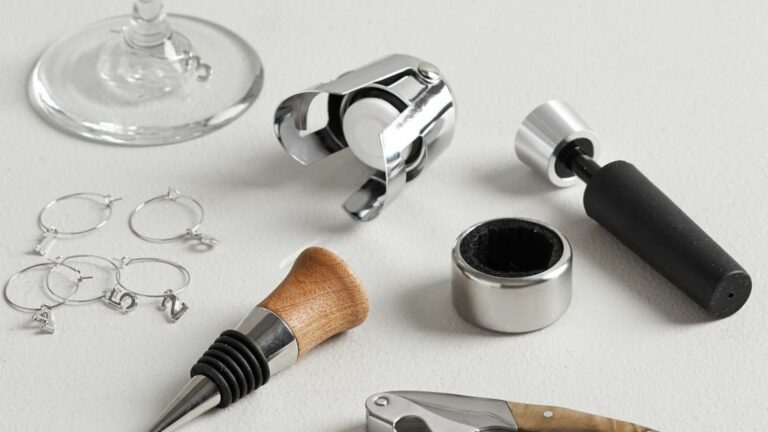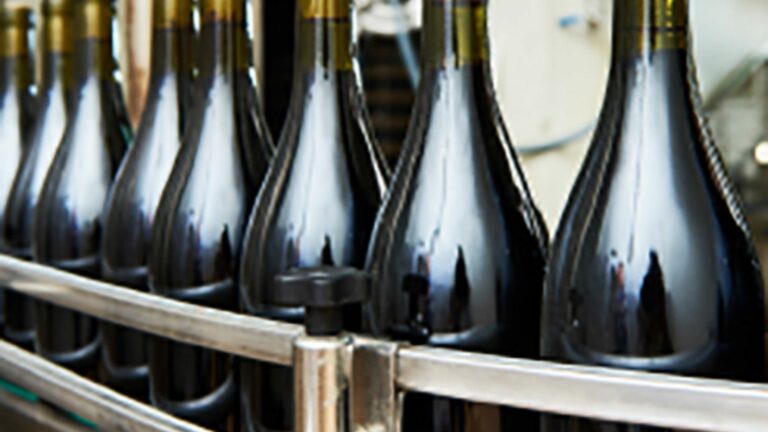Wine glasses are more than just vessels for holding wine—they are essential tools that can profoundly influence the sensory experience of wine tasting. From the shape and size of the bowl to the length of the stem, every aspect of a wine glass is carefully designed to enhance the aroma, flavor, and visual appeal of the wine it contains. In this blog post, we’ll delve into the fascinating world of wine glasses, uncovering little-known facts and insights that will deepen your appreciation for this iconic wine accessory.
The Impact of Glass Shape on Wine Tasting
One of the most significant factors that influence wine tasting is the shape of the glass. Different wine varietals require specific glass shapes to optimize their aromatic qualities and flavor profiles. For example, a glass with a larger bowl and tapered rim is ideal for capturing the complex aromas of red wines like Cabernet Sauvignon or Pinot Noir, allowing the wine to breathe and develop fully. In contrast, a narrower glass with a smaller bowl is better suited for white wines like Chardonnay or Sauvignon Blanc, preserving their delicate aromas and maintaining a cooler temperature.
The Evolution of Stemware Design
The design of wine glasses has evolved significantly over the centuries, reflecting changes in taste, technology, and cultural preferences. Early wine glasses were made of materials like clay or metal and lacked the elegant stems and delicate shapes that characterize modern stemware. It wasn’t until the Renaissance period in Europe that glassblowers began producing wine glasses with elongated stems. Which allowed drinkers to hold the glass without warming the wine with their hands. Today, wine glass design continues to evolve, with designers experimenting with innovative shapes, materials, and features to enhance the wine tasting experience.

The Ritual of Wine Glass Etiquette
In addition to their functional role in wine tasting, wine glasses also carry symbolic significance and cultural meaning. In many societies, the act of raising a glass in a toast is a time-honored tradition that symbolizes camaraderie, celebration, and shared experience. Similarly, the choice of wine glasses at formal events or dinners often reflects social status. With finer, more intricately designed glasses reserved for special occasions. Understanding the etiquette and symbolism associated with wine glasses can enrich the wine drinking experience and deepen our connection to the rich history and traditions of viniculture.
The Influence of Glass Material on Wine Taste
Another intriguing aspect of wine glasses is the material from which they are made, which can impact the taste and perception of the wine. Traditional wine glasses are typically made from clear glass, allowing drinkers to appreciate the color and clarity of the wine. However, in recent years, there has been a growing interest in alternative materials such as crystal. Which is believed by some to enhance the aromatics and flavors of the wine. Crystal glasses are prized for their fine craftsmanship and ability to refract light in unique ways. Creating a dazzling display of colors and reflections that add to the sensory experience of wine tasting.
The Role of Stem Length in Wine Appreciation
The length of a wine glass stem may seem like a minor detail. But it plays a crucial role in the wine tasting experience. Longer stems not only add elegance and sophistication to the glass’s appearance. But also serve a practical purpose by allowing drinkers to hold the glass without transferring heat from their hands to the wine. This helps maintain the wine’s optimal temperature and prevents unwanted warming, which can affect its flavor and aroma. Additionally, longer stems provide better stability and balance. Allowing drinkers to swirl the wine gently to release its aromas without fear of spilling.
Conclusion
As we raise our glasses to toast the joys of life. Let us also raise our awareness of the fascinating world of wine glasses. From their intricate design and functional purpose to their cultural significance and symbolic meaning. Wine glasses are more than just vessels for holding wine. They are portals to a world of sensory delights and shared experiences. By delving into the facts and trivia surrounding wine glasses. We can deepen our appreciation for this essential wine accessory and enhance our enjoyment of the wines they hold. Cheers to the artistry, history, and magic of wine glasses!








